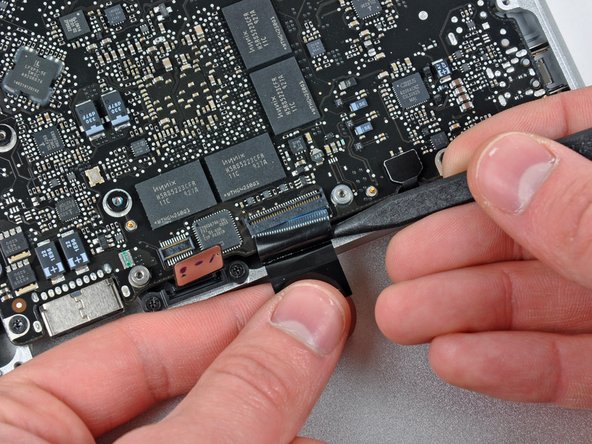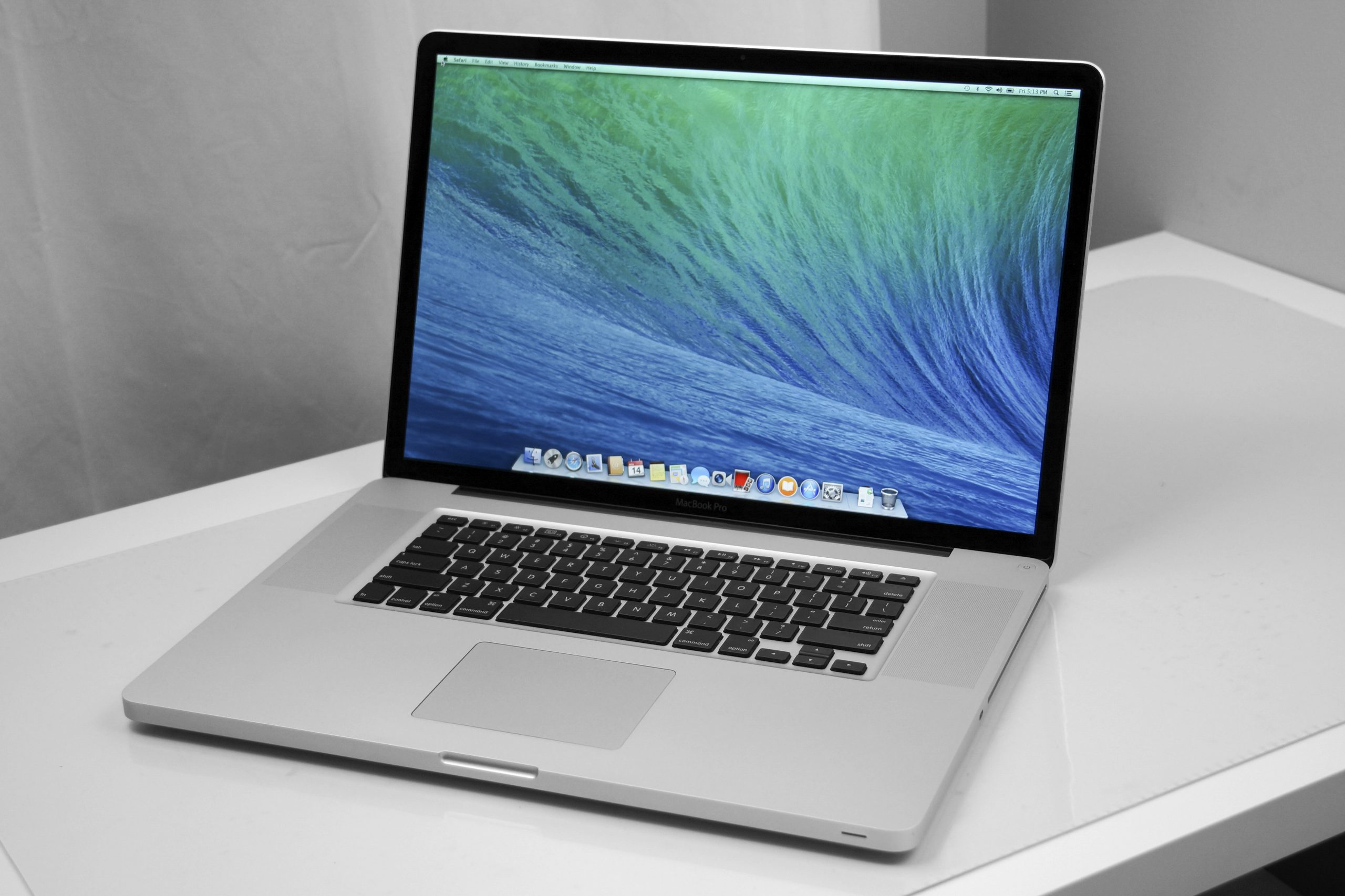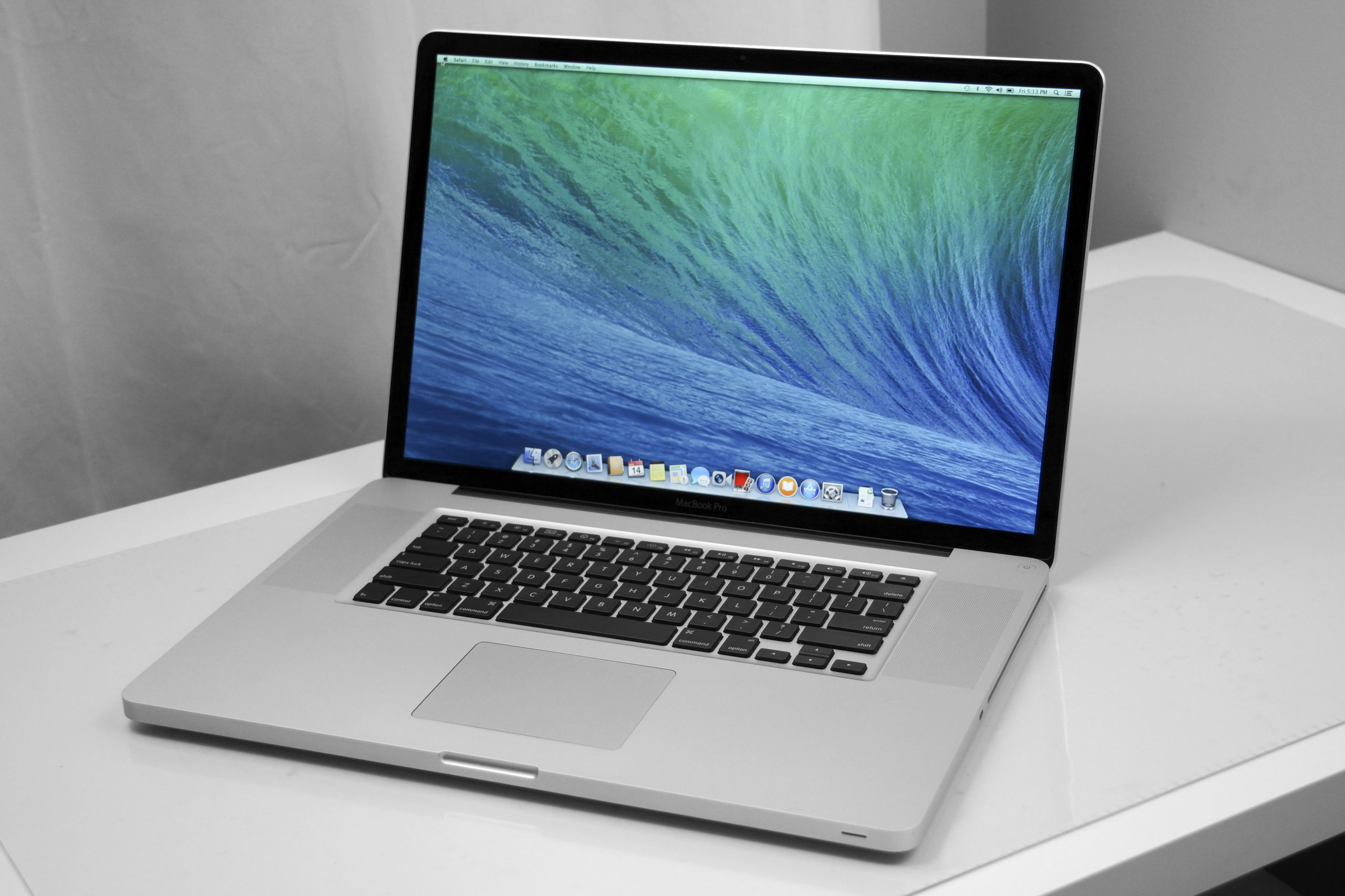DIY Tutorial: How to Replace MacBook Pro 15 Left Speaker – Step-by-Step Guide
Duration: 45 minutes
Steps: 31 Steps
Hey there! If you hit a snag, don’t sweat it. Just remember, you can always schedule a repair to get that device back up and running smoothly. Keep up the good work!
Ever cranked your speaker past 11? Time to swap out that blown-out left speaker with ease using this groovy guide!
Step 1
– Time to get your screwdriver ready! Unscrew those ten screws that are holding the lower case snugly against the upper case. Let’s get this party started!
Step 2
– Getting ready for action, use both hands to gracefully lift the lower case near the vent, gently releasing it from the cozy embrace of the upper case.
– Enjoy the satisfying moment as you remove the lower case and set it aside.
Step 3
Hey there! You’re a repair hero! Feel free to skip steps 3 to 6 when removing the battery to swap out the hard drive. Remember, it’s always a good idea to unplug all power sources from your device before getting your repair groove on!
– Time to get your toolkit ready! Start by unscrewing those two 5-Point Pentalobe screws at the top edge of the battery. You’ve got this!
Step 6
– Lean the battery back gently so you can easily reach the battery cable connector.
– Gently unplug the battery cable connector from its socket on the logic board and carefully remove the battery from the upper case.
Step 7
Check out the fan socket and connector in the second and third pictures! Just a heads up, when you’re using your spudger to gently lift the fan connector straight up and out, make sure to treat that plastic fan socket like it’s a delicate flower—don’t break it off the logic board! The logic board layout in the second picture might look a tad different from your device, but rest assured, the fan socket is still the same. You’ve got this!
Step 8
– First things first, let’s get those three T6 Torx screws outta the way that are holding the left fan tight to the logic board. You’ve got this!
– Now, gently lift that fan out of the upper case like you’re bringing a little breeze into your life.
Step 9
– Grab your trusty spudger and gently wiggle the flat end to disconnect the left fan connector from the logic board. It’s like giving your device a little hug!
– Carefully pry upwards from underneath the wires. You’re doing great!
Tools Used
Step 10
– Unscrew those three T6 Torx screws holding the left fan snugly to the logic board.
– Gently lift the left fan out of the upper case and give it a little wiggle if it’s feeling stubborn.
Step 11
When you’re shifting the strip (cable retainer) aside, just a friendly reminder: watch out for those tiny surface-mounted components on the logic board—let’s keep them intact!
Gently pull the connector parallel to the face of the logic board; it’s a smooth move, not a straight-up lift!
The camera cable connector doesn’t have any fancy locking or snapping features to keep it in place. So, to make sure it stays snugly in its socket, Apple cleverly uses a little strip of black adhesive plastic on the side facing the logic board behind the camera cable connector. It’s a simple trick to keep everything secure!
– Gently persuade the cable retainer to play nice by holding down one end with your finger and giving the other end a little lift and twist away from the camera cable connector using the tip of a spudger.
– Show the camera cable who’s boss by pulling the male end straight out of its socket like a pro.
Tools Used
Step 12
Gently wiggle the connector out by pulling it parallel to the logic board’s surface, not straight up. You’ve got this!
– Gently unplug the camera cable by pulling the male connector straight out of its socket. Keep it smooth and steady! If you need help, you can always schedule a repair.
Step 13
– Grab the flat end of a spudger and give the optical drive cable connector a gentle nudge upwards off the logic board. Let’s pop that bad boy out!
Tools Used
Step 14
Watch out when you pry! Make sure you’re lifting the connector, not the socket itself— we wouldn’t want to accidentally give the logic board a surprise lift-off!
Step 15
– Grab the flat end of a spudger and give that hard drive/IR sensor cable connector a gentle nudge upwards off the logic board. It’s like coaxing a sleepy cat off your laptop—easy does it!
Tools Used
Step 16
– Whip out your trusty Phillips screwdriver and unscrew the two cheeky 1.5 mm screws that are holding the cable cover hostage on the logic board.
– Gently coax the cable cover out of its comfy upper case abode.
Step 17
– Grab your trusty spudger and gently lift that trackpad flex ribbon cable connector off the logic board. You’ve got this!
Tools Used
Step 18
Hey there! Before you try to wiggle that keyboard ribbon cable out of its cozy socket, make sure you’ve given the ZIF socket a little unlock action first. These ribbon cables are delicate little things, and too much muscle could snap them like a twig!
– Gently use your fingernail to lift the locking flap on the ZIF socket for the keyboard ribbon cable. You’ll find this little flap on the opposite side of the socket from the ribbon cable itself. Just hook your nail under it and give it a careful upward lift.
– Next, grab the tip of a spudger and slide that keyboard ribbon cable right out of its cozy socket.
Tools Used
Step 19
– Time to show that battery indicator ribbon cable who’s boss! Grab a spudger and gently lift up that connector from the logic board.
Tools Used
Step 20
– Time to bid farewell to the single 7 mm Phillips screw keeping the display data cable retainer attached to the upper case!
– Don’t worry if the screw decides to hang around with the display data cable ground loop. If you’re switching out the display, make sure to escort this loyal screw to the new unit.
– Gently escort the display data cable retainer away from its cozy spot on the upper case.
Step 21
– Give that plastic pull tab a gentle tug and swing it over towards the DC-in side of your computer. You’ve got this!
Step 22
When disconnecting the connector, remember to gently guide it parallel to the logic board’s face, not straight up from its socket. We’ve got this repair in the bag! Need a hand? Just schedule a repair.
– Gently pull the display data cable connector straight out from its socket. You’ve got this!
Step 23
– Get ready to work some technical magic by using the tip of a spudger to flip up the keyboard backlight ribbon cable retaining flap!
– With a touch of finesse, gently pull the keyboard backlight ribbon cable straight out of its socket.
Tools Used
Step 24
Hold your horses! Before you go yanking out the logic board, remember there are some sneaky components on its underside that are still connected to the upper case. Let’s disconnect those first!
– Unscrew the following screws:
Step 25
Remember, don’t yank out the logic board just yet!
– Gently lift the logic board assembly from the left side and guide it out of the upper case, being mindful of the port side that might snag as it comes out.
Step 26
– Gently hoist the logic board just enough to sneak a spudger underneath and pop the microphone free from the upper case—like a ninja!
– Nudge the logic board back from those pesky port openings and carefully lift the whole ensemble out of the upper case. It’s like removing a slice of pie—smooth and satisfying!
– Before you pop the logic board back in, it’s a smart move to tuck the microphone snugly into its home in the left speaker. It’ll stay put and make your life easier!
Tools Used
Step 27
– Gently scoot the logic board away from those pesky port openings and lift the whole shebang out of the upper case like you’re lifting a slice of pizza.
– Before popping the logic board back in, do yourself a favor and tuck the microphone back into its cozy spot in the left speaker—it’ll save you a headache later!
Step 29
– Peel off that sneaky little tape strip hiding on the left speaker connector.
Step 30
Gently lift from beneath the cables, like you’re uncovering hidden treasure!
– Grab the flat end of your spudger and give the left speaker connector a gentle nudge to pop it off its socket on the logic board. Easy peasy!
Tools Used
Step 31
– Unscrew the two 5 mm Phillips screws that are keeping the left speaker cozy on the logic board.
– Give the left speaker a gentle lift off the logic board and voila!















































